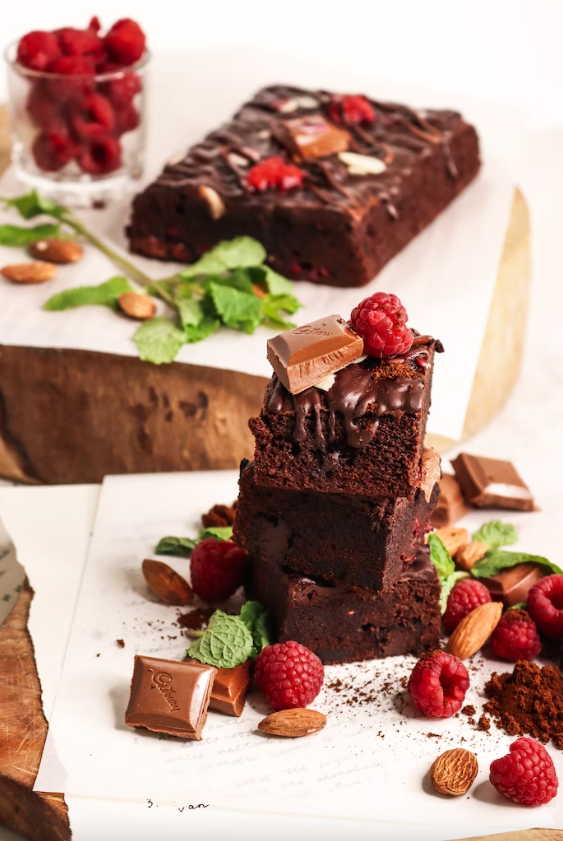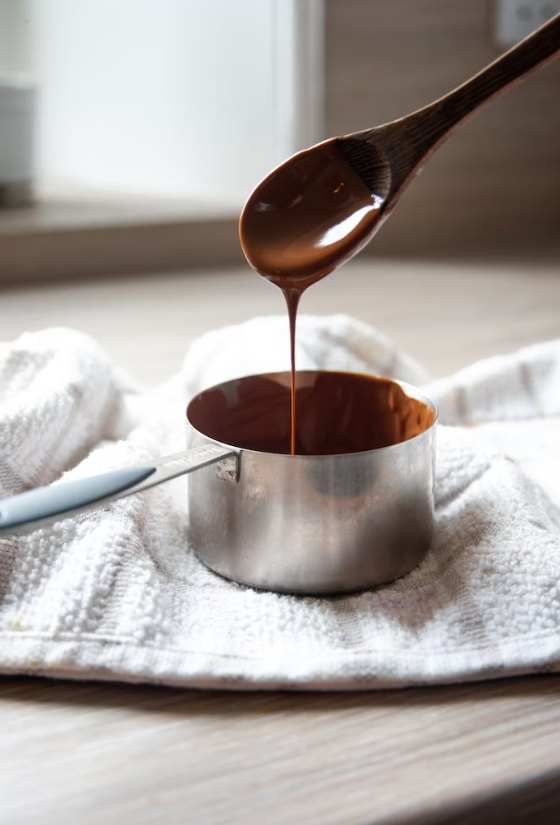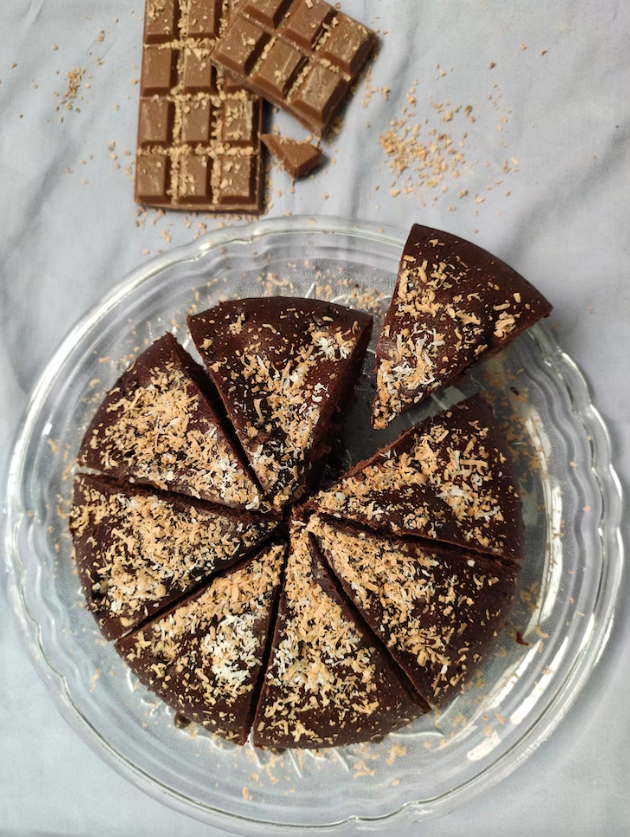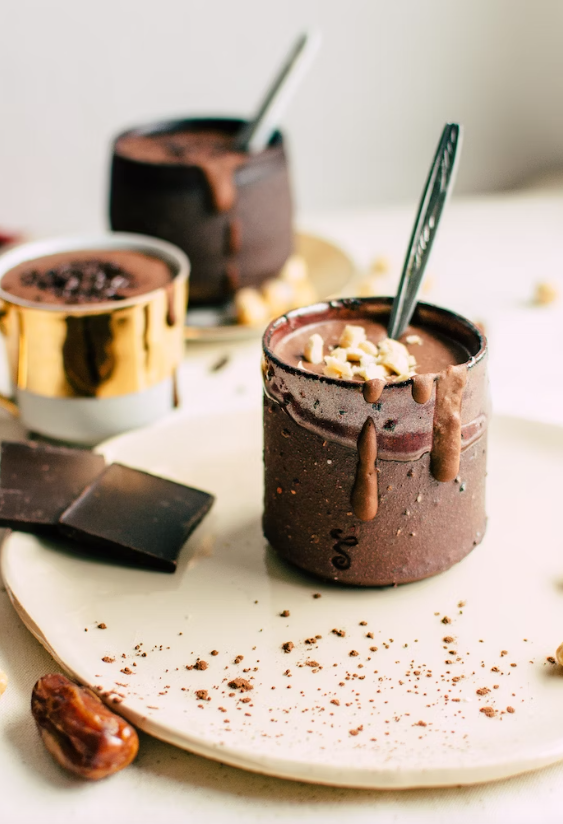When it comes to baking and desserts, few ingredients are as universally beloved as chocolate!
 Photos By: Unsplash
Photos By: Unsplash
Whether in the form of rich, creamy ganache or gooey, fudgy brownies, chocolate has the power to elevate any dish to new heights of deliciousness. But chocolate isn’t just a one-trick pony – this versatile ingredient can be used in a wide variety of ways, from subtle accents to bold, in-your-face flavors.
In this guide, we’ll take a closer look at the many faces of chocolate, from the deep, complex flavors of dark chocolate to the creamy sweetness of milk chocolate. We’ll explore the unique properties of this ingredient and how they can be used to create stunning desserts that will impress even the most discerning of palates. Whether you’re a seasoned baker or just starting out, this guide is sure to inspire you to get creative with chocolate in your own kitchen. So grab a bar (or two, or three) of your favorite chocolate and let’s get started!
The Science of Chocolate
Chocolate is not just a tasty treat; it is also a complex ingredient that requires a bit of understanding to get the best results in your baking. At its most basic level, chocolate is made from cocoa beans, which are harvested and then roasted to create cocoa solids and cocoa butter. These two elements are then mixed with sugar, milk, and other ingredients to create the chocolate products we know and love.
Understanding the properties of chocolate is essential to using it properly in your baking. Chocolate contains compounds such as flavonoids, which are known for their antioxidant properties. These compounds also contribute to the flavor and color of the chocolate. The amount of cocoa solids in chocolate can vary, and this affects the intensity of the chocolate flavor.

There are three main types of chocolate: dark, milk, and white. Dark chocolate has a high percentage of cocoa solids and a bitter taste. Milk chocolate has less cocoa solids and is sweeter than dark chocolate. White chocolate contains no cocoa solids but is made from cocoa butter, sugar, and milk solids.
Tempering chocolate is the process of melting and cooling it in a specific way to create a smooth, shiny finish and a crisp snap when it is broken. Properly tempered chocolate also has a more stable structure, making it ideal for use in molded chocolates, truffles, and other confections. Tempering can be tricky, but with practice and patience, anyone can learn to do it successfully.
Sweet Treats
Chocolate is an incredibly versatile ingredient that can be used to create a wide range of sweet treats that everyone can enjoy. Whether you are a chocoholic or simply love to indulge in the occasional chocolate dessert, the possibilities are endless.
One classic recipe that is always a crowd-pleaser is a classic chocolate cake. Rich, moist, and decadent, this cake is the perfect canvas for any frosting or filling that you desire.

If you prefer something a bit simpler but still crave the chocolate flavor, then chocolate chip cookies might be just what you need. These cookies are perfect for a snack, a quick dessert, or even as a gift to share with friends and family. And for those who can’t resist the gooey, fudgy goodness of brownies, we’ve got you covered.
Our fudgy brownies recipe is the perfect combination of cakey and fudgy, with a rich chocolate flavor that is sure to satisfy your sweet tooth. But don’t let these recipes limit you, chocolate can also be used in any kind of dessert you can think of, from ice cream to arroz con leche. Find that recipe here: mahatmarice.com/recipes/arroz-con-leche/.
Unexpected Uses
While chocolate is primarily known for its use in desserts, it can also be used in unexpected and unconventional ways. For instance, did you know that chocolate can be used to create beauty products? Chocolate contains antioxidants and anti-inflammatory properties that can soothe and nourish the skin. You can create a luxurious chocolate face mask or a chocolate body scrub that will leave your skin feeling soft and rejuvenated.
Another unexpected use of chocolate is in cocktails. Chocolate-based cocktails have become increasingly popular in recent years, with mixologists experimenting with unique flavor combinations. From a classic chocolate martini to a chocolate old fashioned, there are endless possibilities when it comes to incorporating chocolate into your drinks.
And finally, chocolate can even be used in savory snack recipes. Cocoa powder can add depth and richness to chili or mole sauce, while a sprinkle of cocoa nibs can add crunch and texture to roasted vegetables or salads. One unexpected recipe that’s worth trying is chocolate arroz con leche, a traditional Mexican rice pudding with the addition of chocolate. It’s the perfect balance of sweet and indulgent, and a unique way to enjoy chocolate in a non-dessert form.

Savory Dishes
Chocolate’s rich, complex flavor can also add a unique depth to savory dishes. In this section, we will explore some surprising ways to use chocolate in your cooking.
First up is a classic Mexican sauce that features chocolate as one of its main ingredients. Mole sauce is a complex blend of spices, chiles, and chocolate that is traditionally served over chicken or turkey. Our mole recipe uses a combination of ancho and guajillo chiles, toasted nuts, and rich chocolate to create a sauce that is deep, earthy, and a little bit sweet.
Next, we have a hearty chili recipe that uses chocolate to balance out the heat of the spices. Our recipe combines ground beef, kidney beans, and a blend of chili powders with dark chocolate to create a rich, meaty stew that is perfect for a chilly evening.
Finally, we have a recipe for a chocolate balsamic glaze that is perfect for drizzling over grilled meats, roasted vegetables, or even fresh fruit. This sweet and tangy sauce is made by reducing balsamic vinegar with brown sugar and cocoa powder until it becomes thick and syrupy.
By incorporating chocolate into your savory dishes, you can add a unique flavor profile that will surprise and delight your taste buds. So next time you’re in the kitchen, don’t be afraid to experiment with this versatile ingredient in new and unexpected ways.

Leave a comment